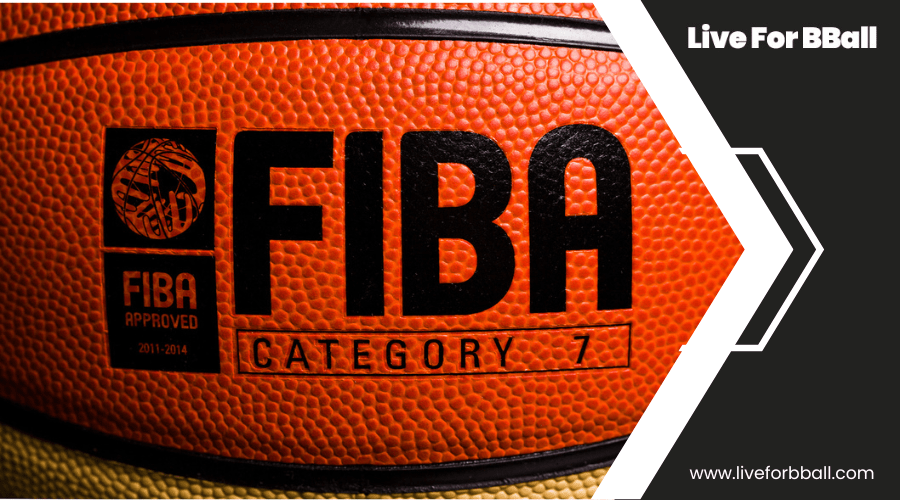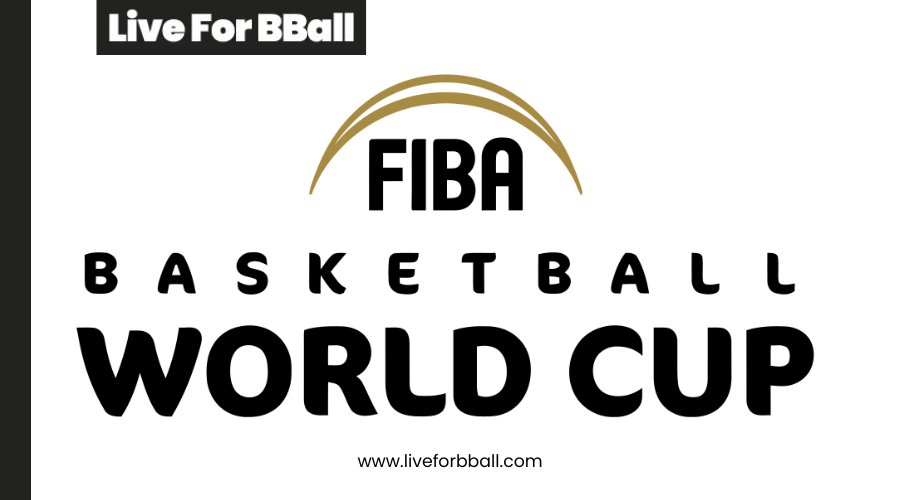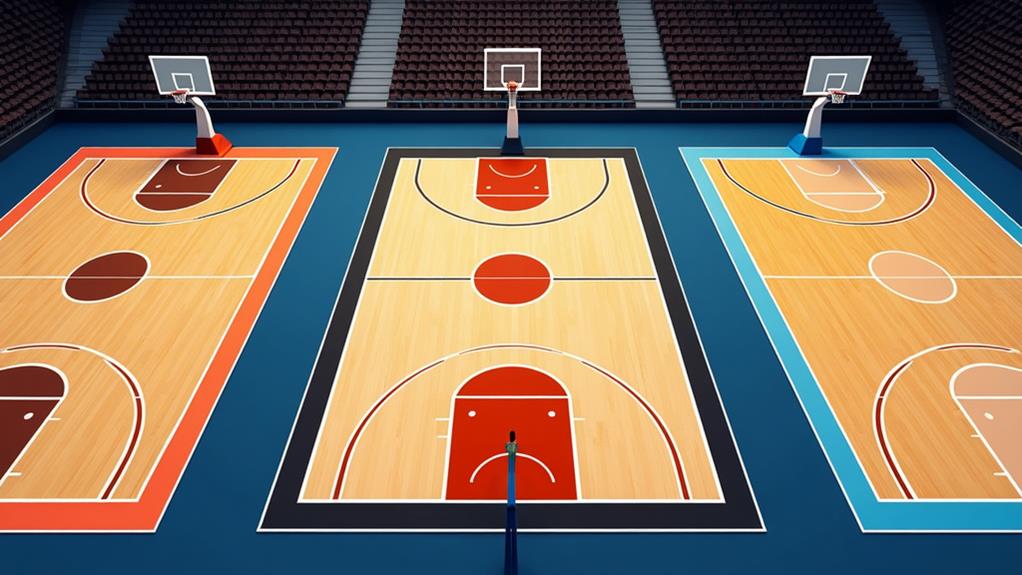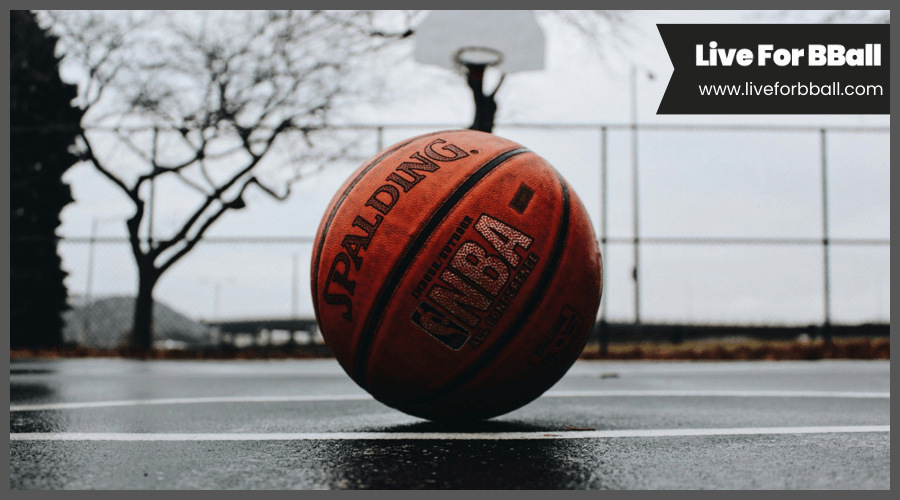NBA Vs FIBA Rules: Key Distinctions
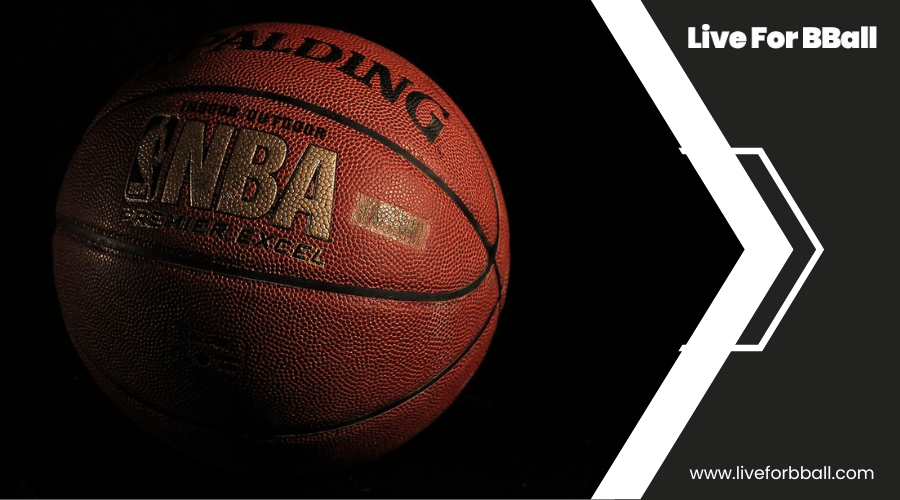
Did you know that players transitioning from the NBA to FIBA competitions face a significant adjustment period due to the shot clock difference - 24 seconds in the NBA versus 14 seconds after an offensive rebound in FIBA? This is just the tip of the iceberg when you compare the two leagues. You'll find that court sizes, the three-point line, and game durations also vary, affecting strategies and player performance.
As you explore these key distinctions further, you'll understand not only the importance of adaptability for players but also how these differences shape the global game of basketball. Why does this matter, and how do these rules impact international competitions? Let's find out.
Key Takeaways
- NBA games are 8 minutes longer than FIBA games, affecting player stamina and strategy.
- The NBA three-point line is farther than FIBA's, altering shooting tactics.
- NBA players are disqualified after 6 fouls, one more than in FIBA, influencing defensive aggression.
- NBA teams have more timeouts of longer duration compared to FIBA, impacting game flow and strategy adjustments.
Game Duration Differences

One significant difference between NBA and FIBA games lies in their duration, with NBA contests lasting 48 minutes and FIBA matches capped at 40 minutes. This discrepancy isn't just a matter of numbers; it fundamentally alters the game's pace, affecting how you'll see players manage their energy and strategies unfold.
In the NBA, the longer game duration is split into four 12-minute quarters, providing a different rhythm compared to FIBA's four 10-minute quarters. This timing difference extends to overtimes as well, with both leagues allowing a 5-minute period to resolve ties, maintaining intensity but under varying conditions.
Moreover, halftime breaks diverge, with the NBA taking a 15-minute pause, compared to FIBA's shorter 10-minute intermission. This shorter break in FIBA games means quicker transitions between halves, potentially impacting player fatigue and team strategies.
For you as a fan or a player, understanding these timing differences is vital. They not only influence the flow of the game but also dictate the pacing, compelling teams to adapt their approaches to fatigue management and tactical planning within the unique structures of each game's duration.
Court Size Variations
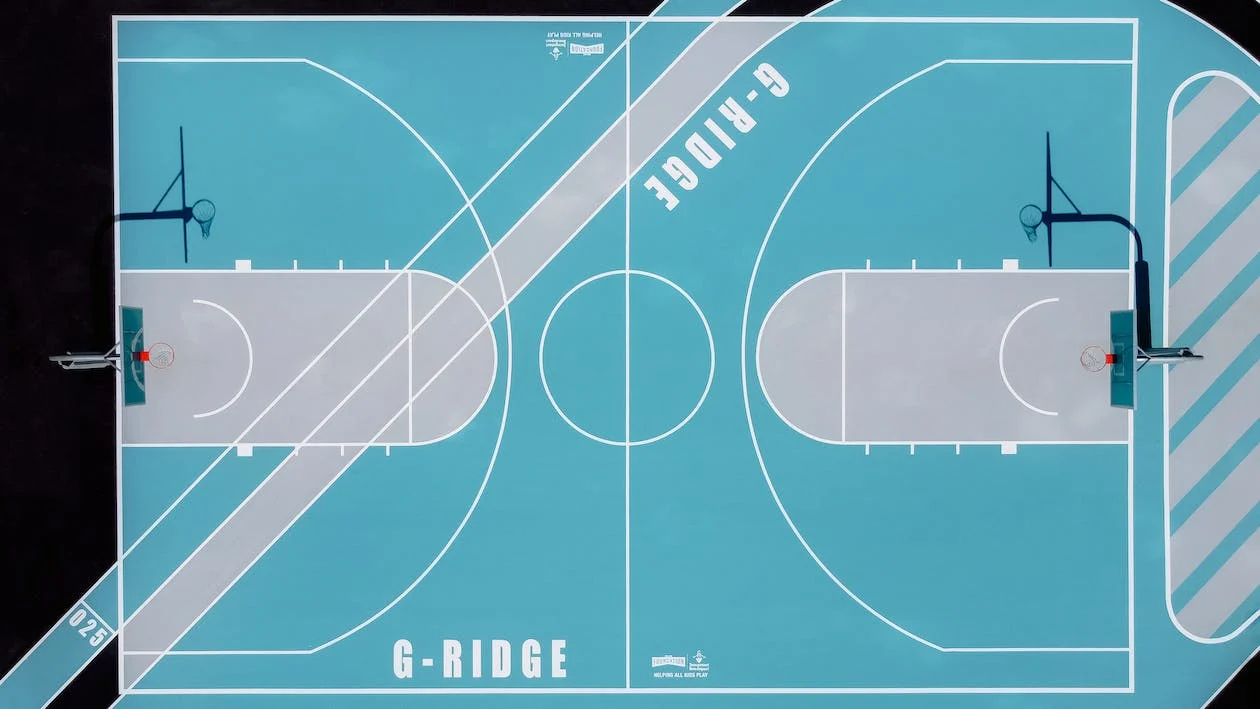
Shifting focus to court size, FIBA's dimensions are notably smaller than the NBA's, affecting how players move and strategize on the floor. Specifically, FIBA courts measure 28m x 15m, or 91.86 feet by 49.21 feet, making them slightly more compact than NBA courts, which stand at 94 feet by 50 feet. This discrepancy in dimensions might seem minor, but it significantly influences movement and spacing during a game.
The smaller FIBA court size means players have less space to maneuver, directly impacting player positioning and the execution of offensive plays. It's not just about having less room to move; it's about how this constraint shapes the game. Teams might find themselves adapting their strategies, especially when it comes to setting up plays and navigating through tight defenses.
Similarly, defensive strategies are also affected by the court's size. With less ground to cover, defenders can potentially apply more pressure, disrupting the opposing team's offensive flow. This tight space can lead to more contested shots and a greater emphasis on precision and timing.
In both the NBA and FIBA, the court size plays a pivotal role in shaping the dynamics of the game, influencing everything from player positioning to defensive tactics.
Three-Point Line Distinctions
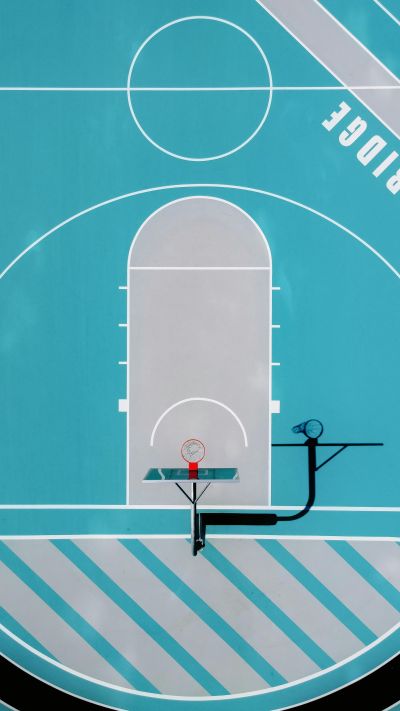
You'll notice a significant difference in the three-point line distances between the NBA and FIBA, which impacts how players approach their shooting strategies. The NBA's further distance requires more power and precision, altering the game's pace and scoring dynamics. Conversely, FIBA's closer three-point line offers different challenges and opportunities for teams to exploit, influencing both defense and offense play styles.
Distance Difference Overview
The NBA's three-point line extends to 7.24 meters, contrasting with FIBA's shorter distance of 6.75 meters. This distance difference significantly impacts shooting strategies and player positioning in both leagues. Specifically, the NBA features corner three-point shots at a unique distance of 6.7 meters, a specification not mirrored in FIBA, where the three-point line maintains a consistent distance around the arc.
| Aspect | NBA | FIBA |
|---|---|---|
| Standard Distance | 7.24 meters | 6.75 meters |
| Corner Distance | 6.7 meters | Not Applicable |
| Consistency | Varies | Consistent |
| Impact | Strategy/Positioning | Strategy/Positioning |
This variance necessitates transition adjustments for players moving between NBA and FIBA play, especially in mastering corner three-point shots and adapting to the overall distance difference in the three-point line.
Impact on Gameplay
Exploring the distinctions between the NBA and FIBA three-point lines reveals their profound impact on gameplay. The difference in measurements not only affects shooting strategies but also player positioning across the court. NBA's longer three-point line demands a deeper shooting range, pushing players to adapt their skills for longer distances. For those transitioning between leagues, understanding these distinctions is crucial.
- Shooting Strategies: The NBA's 7.24 meters versus FIBA's 6.75 meters three-point line encourages different approaches to scoring.
- Player Positioning: NBA players must stretch the floor further, affecting spacing and defensive tactics.
- Transitioning Between Leagues: Athletes must adjust their game to accommodate the varying three-point lines, impacting their effectiveness in both offensive and defensive plays.
These differences highlight the unique challenges and skills required in each league's gameplay.
Foul Rules and Penalties
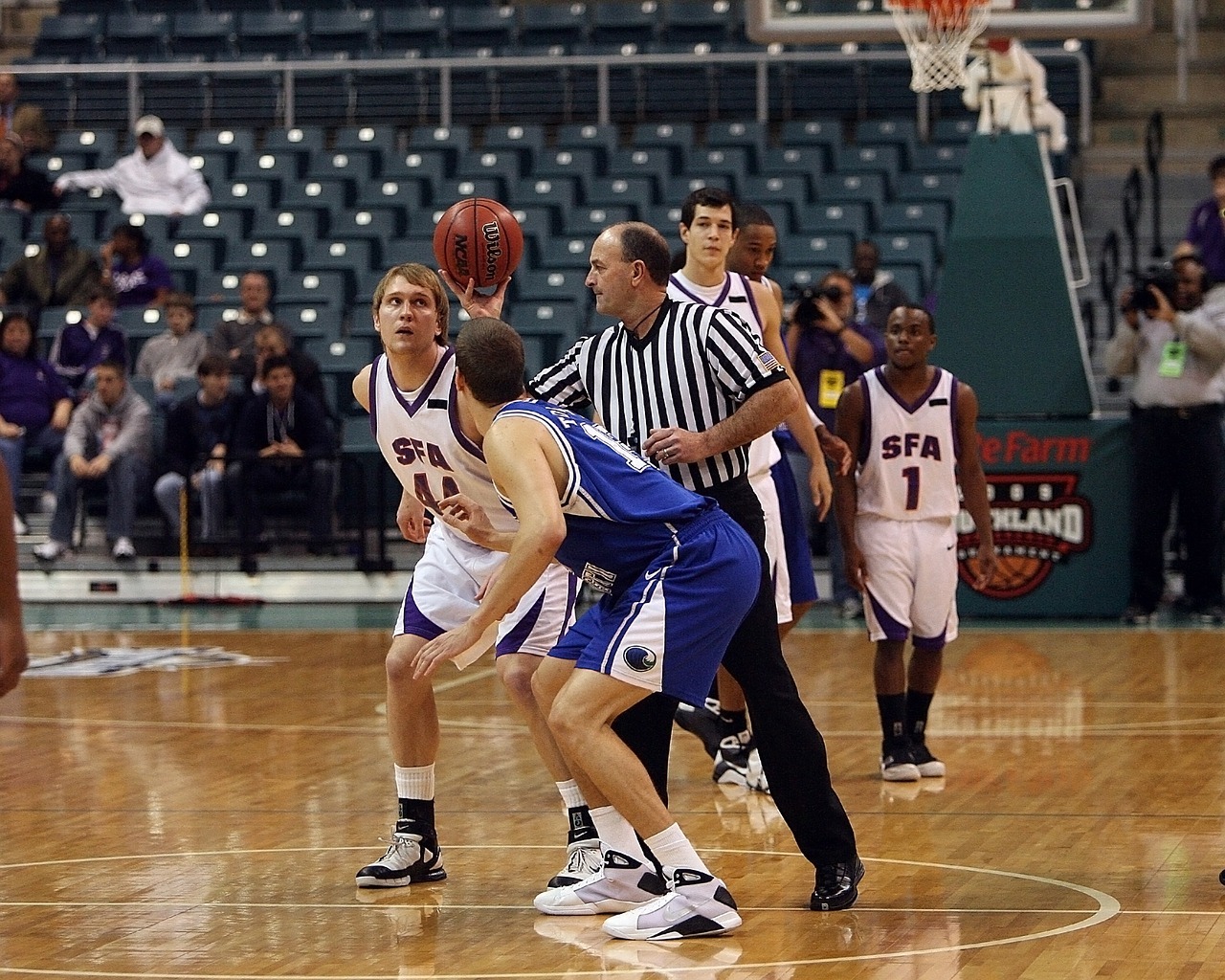
Understanding the differences between NBA and FIBA foul rules and penalties can significantly impact your view of international basketball games. In the NBA, a player is on the brink of disqualification after racking up 6 personal fouls, a bit more lenient compared to FIBA's threshold of 5 fouls. This distinction alone can alter a team's strategy and player aggression on the court.
When it comes to team penalties, the NBA enforces bonus free throws after the 4th team foul in a quarter, while FIBA waits until the 5th foul. This slight difference could mean more or fewer scoring opportunities, depending on the game's pace.
The NBA's clear-path foul rule, designed to prevent unfair advantages during fast breaks, doesn't have a counterpart in FIBA, introducing unique strategic elements in each league. Technical foul regulations diverge as well, influencing how players conduct themselves to avoid disciplinary actions. Moreover, the approach to unsportsmanlike fouls varies, with FIBA often being stricter in penalizing behavior deemed detrimental to the sport's spirit.
These variances in foul rules and penalties underscore the nuanced changes players and teams must adapt to when transitioning between NBA and FIBA competitions.
Timeouts and Their Usage
In comparing NBA and FIBA rules, you'll notice significant differences in how timeouts are allocated and used strategically during a game. You'll see that while NBA teams have more timeouts that last longer, FIBA's shorter timeouts challenge teams to make quick decisions. Understanding these variations can help you grasp how coaches influence game dynamics and player rest in both leagues.
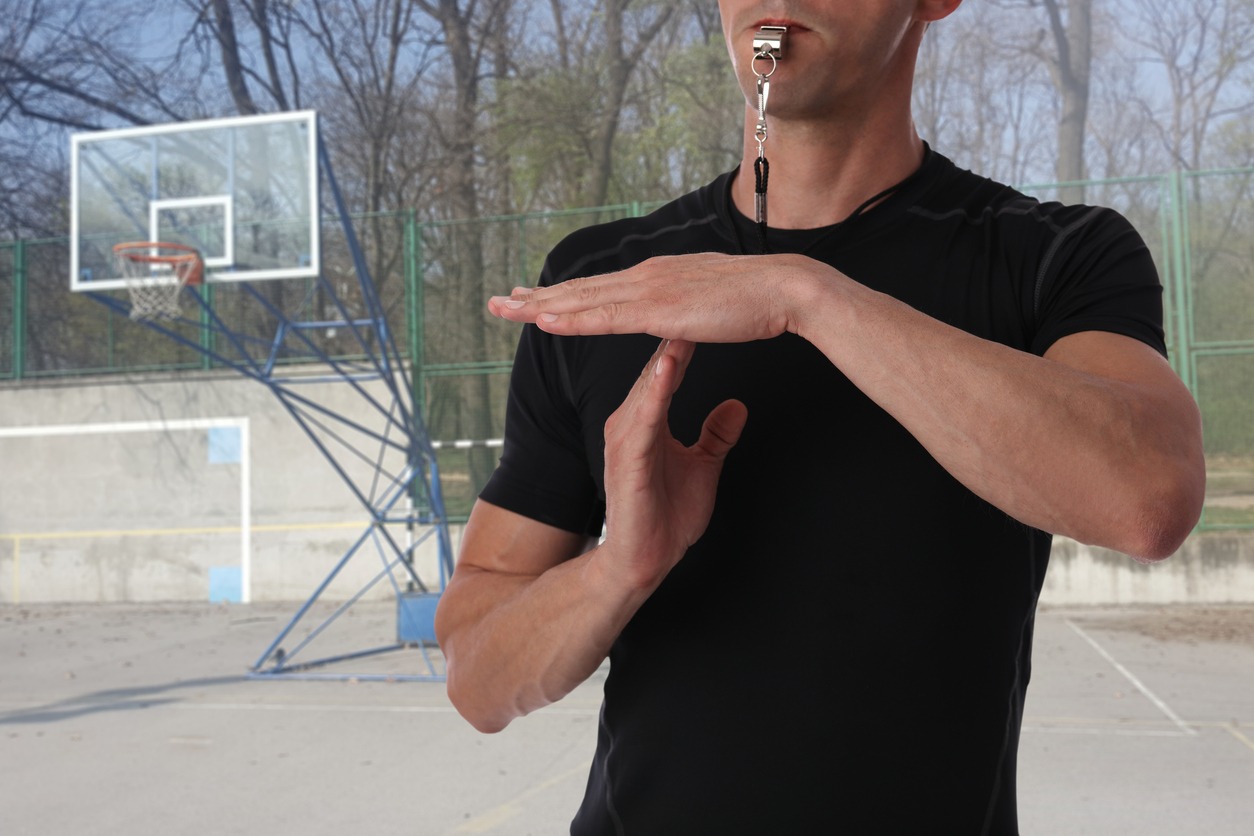
Timeout Allocation Differences
When comparing the NBA and FIBA, a notable difference lies in how each league allocates timeouts during a game. You'll find the approach to timeout allocation and management varies significantly, impacting strategies and gameplay.
- Differences in timeouts: NBA teams have 7 timeouts per game, all up to 100 seconds. FIBA teams get 2 timeouts in the first half and 3 in the second, each only 1 minute long, plus a short time-out (20 seconds) per half.
- Timeout management: NBA allows carrying over unused timeouts to the next quarter, a luxury FIBA teams don't have.
- Timeout usage: This limitation in FIBA prompts more strategic use of timeouts, whereas NBA teams can afford a bit more flexibility.
Understanding these differences is crucial for players and coaches transitioning between leagues.
Strategic Timeout Implementations
Exploring the strategic implementations of timeouts reveals how teams in both the NBA and FIBA leagues use these breaks to their advantage. In the NBA, with 7 timeouts at their disposal, teams have ample opportunity to adjust tactics, manage player fatigue, and strategically plan their next moves, whether those timeouts are 20 or 60 seconds long, with even more leeway in overtime.
FIBA games, offering 2 timeouts in the first half and 3 in the second, all 60 seconds, demand more precise timeout management since they don't carry over. This rule ensures that FIBA coaches must be particularly savvy in their timeout strategies, maximizing the impact of each pause in play.
Thus, the approach to strategic timeouts, governed by differing timeout rules, shapes the game's dynamics in both leagues.
Understanding the variations in goaltending and interference rules between the NBA and FIBA is essential for players navigating between these leagues. The differences not only affect how a game is played but also influence defensive strategies and shot timing significantly. If you're transitioning between these competitions, grasping these distinctions is crucial.
In the NBA, a strict no-goaltending rule applies once the ball starts its downward trajectory towards the hoop. Any interference at this point is illegal. Conversely, FIBA's regulations are more lenient, allowing players to touch or play the ball once it hits the rim.
These contrasting rules have a profound impact:
- Defensive Strategies: In FIBA, defenders can be more aggressive in attempting to block a shot even after it has contacted the rim, unlike in the NBA where such an action would result in a goaltending call.
- Shot Timing: Offensive players in the NBA must carefully time their shots to avoid the goaltending violation, a concern that's less pressing in FIBA games.
- Transitioning Challenges: Players moving between leagues must adjust their play style and strategies to align with the different goaltending and interference regulations.
Understanding these key differences is vital for anyone looking to excel in both FIBA and NBA arenas.
Jump Ball Procedures
You've seen how jump balls mark the beginning of every basketball game, setting the stage for an intense match. In both NBA and FIBA, this procedure not only kickstarts the game but also lays down the rules for possession alternation, ensuring a fair chance for both teams. Let's explore how these rules differ and impact the game's flow in both leagues.

Initiating Game Play
To initiate game play, both the NBA and FIBA start with a jump ball at center court. This initial action sets the pace for the game, ensuring fairness from the get-go. Despite the competitive nature of basketball, the jump ball procedures remain consistent across both leagues, highlighting their commitment to uniformity in game initiation.
- The team that doesn't secure the jump ball gains possession, setting a strategic foundation from the start.
- Possession alternates post the initial jump ball, adding a layer of strategy as the game progresses.
- Jump balls are also used to start overtime periods, ensuring a level playing field for both teams.
Understanding these nuances helps you grasp how every game starts on an equal foot, regardless of the league.
Possession Alternation Rules
In basketball, the possession alternation rules following a jump ball ensure the game remains fair and competitive for both teams. Jump balls kick off the match and decide who gets the initial possession. If you're on the team that doesn't win this first jump ball, don't worry; you'll get the next possession. This alternating pattern keeps up throughout the game, making sure that no team gets an unfair advantage.
When a game stretches into overtime, things reset with another jump ball to start off. These possession rules are crucial. They're the backbone that maintains fairness and balance, ensuring that each team has equal opportunities to control the game's pace and ultimately its outcome.
Video Review Regulations
When comparing the NBA and FIBA, the video review regulations reveal distinct approaches to ensuring game integrity and fairness. The NBA has developed a comprehensive system, utilizing a centralized replay center to assist referees in making accurate game calls. This setup reflects the league's dedication to precision and accountability, especially in crucial moments. On the other hand, FIBA's approach is less reliant on technology, without a coach's challenge system, which may lead to a different pace and style of play.
Key differences include:
- Centralized Replay Center: The NBA's use of this technology streamlines decision-making, whereas FIBA lacks a similar infrastructure.
- Coach's Challenge System: Present in the NBA, this allows teams to request a review of certain decisions, a feature missing in FIBA play.
- Flagrant Fouls and Disciplinary Actions: The NBA's specific rules for reviewing flagrant fouls under video evidence contrast with FIBA's more generalized approach to instant replay for disciplinary actions.
These distinctions not only highlight the varying degrees of technological integration but also point to a broader philosophical divide in how each organization views the role of video review in preserving the essence of the game.
Defensive Violations
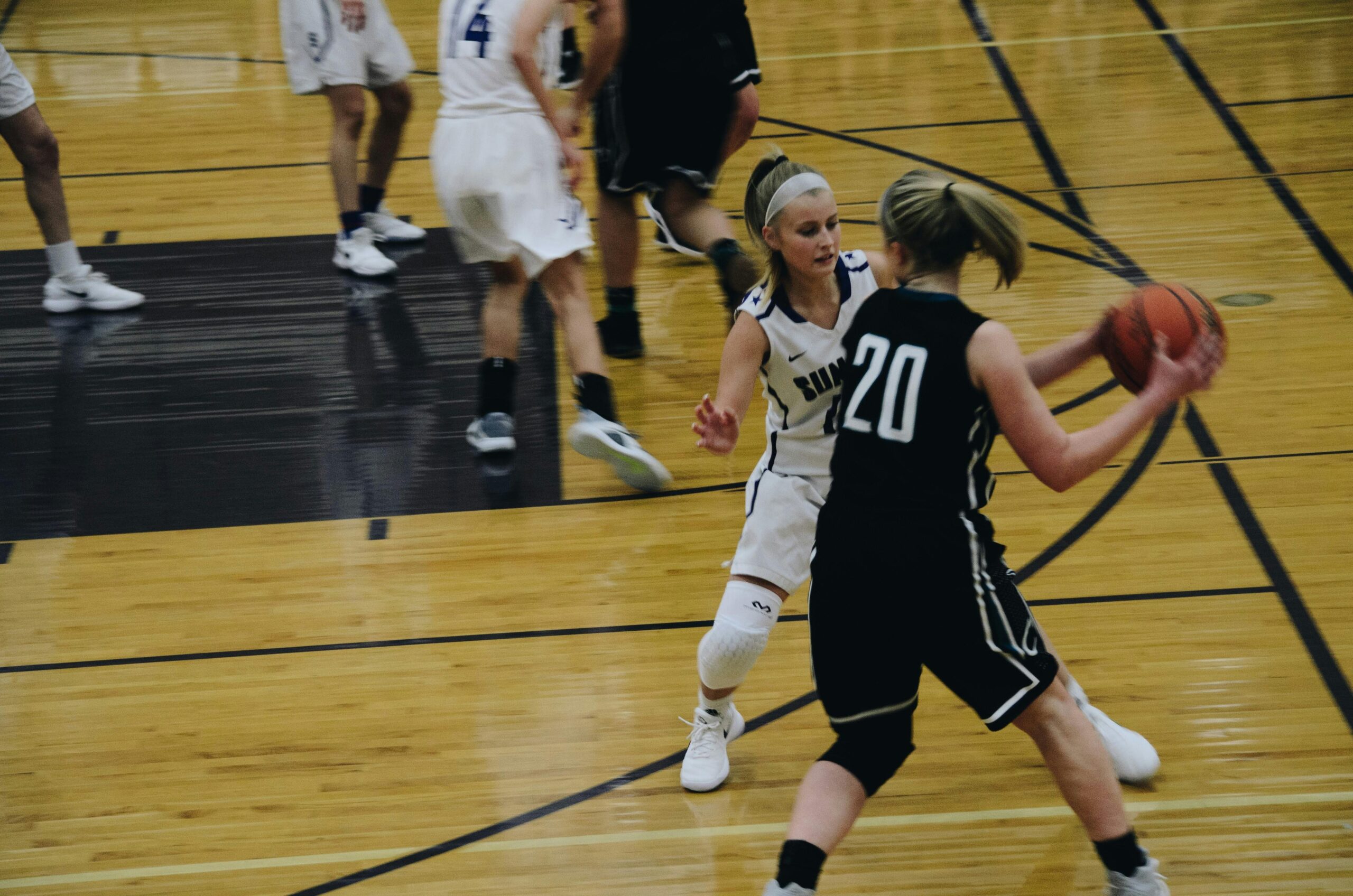
Exploring the realm of defensive violations, you'll notice FIBA's rules allow players more leeway in the paint compared to the NBA's strict enforcement of the defensive 3-second rule. This significant difference shapes the landscape of defensive strategies within both organizations.
In the NBA, a defensive player can't linger in the key area without actively guarding an opponent for more than three seconds. This rule aims to discourage players from camping in the paint, fostering a more dynamic and open game.
On the other hand, FIBA grants defensive players the freedom to roam the paint without the fear of a 3-second violation. This flexibility in defensive positioning enables teams to employ varied and sometimes more complex defensive rotations. It significantly impacts how teams approach interior defense, allowing for a tighter, more congested key area.
The absence of the defensive 3-second rule in FIBA games encourages defenders to focus on maintaining active positioning, rather than worrying about the clock. This difference in defensive violations between the NBA and FIBA not only influences individual defensive tactics but also shapes the overall defensive strategies teams adopt.
Traveling Rule Differences
While discussing the nuances of defensive strategies, it's also crucial to understand how the traveling rule differs between the NBA and FIBA, significantly affecting players' movements on the court. In the NBA, you're given a bit more freedom with the so-called 'gather step' before you start dribbling. This leniency allows for more dynamic drives and explosive plays. However, when you're playing by FIBA rules, the game tightens up. You're only allowed two steps after picking up your dribble, no gather step included.
This traveling rule variance impacts how you play in several ways:
- NBA's gather step lets you exploit those moments before dribbling, giving you an extra edge in making those critical moves towards the basket.
- FIBA's two-step rule ensures a consistent interpretation across international play, keeping the game straightforward but strict.
- Adapting to these differences is key for players transitioning between NBA and FIBA games, as it drastically influences your approach to driving and moving with the ball.
Understanding these rules is essential, as the interpretation of traveling can alter your strategy and effectiveness on the court, whether you're playing domestically or internationally.
Conclusion
In wrapping up, it's clear that NBA and FIBA rules have distinct features shaping the game in unique ways. From shorter game durations, varying court sizes, to different three-point lines, you've got to adjust your play style accordingly.
Fouls, timeouts, and even how jump balls are handled differ, demanding flexibility from players. With changes in video review, defensive strategies, and traveling rules, adapting is key. Whether you're aiming for success in NBA or FIBA, understanding these differences is crucial for your game strategy.

